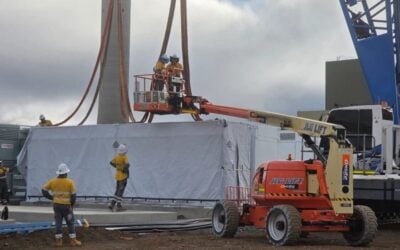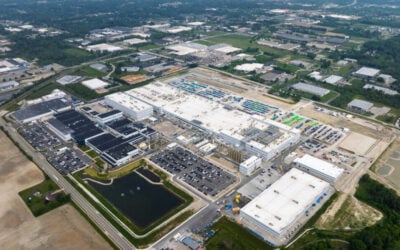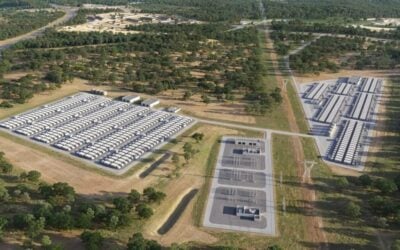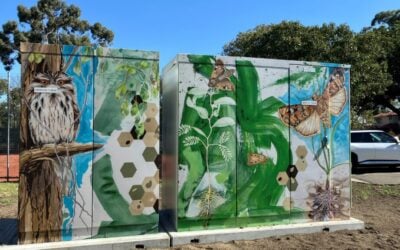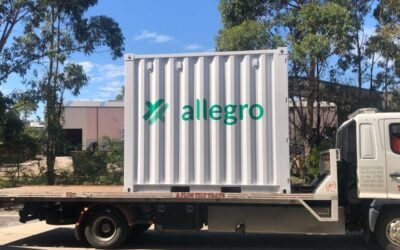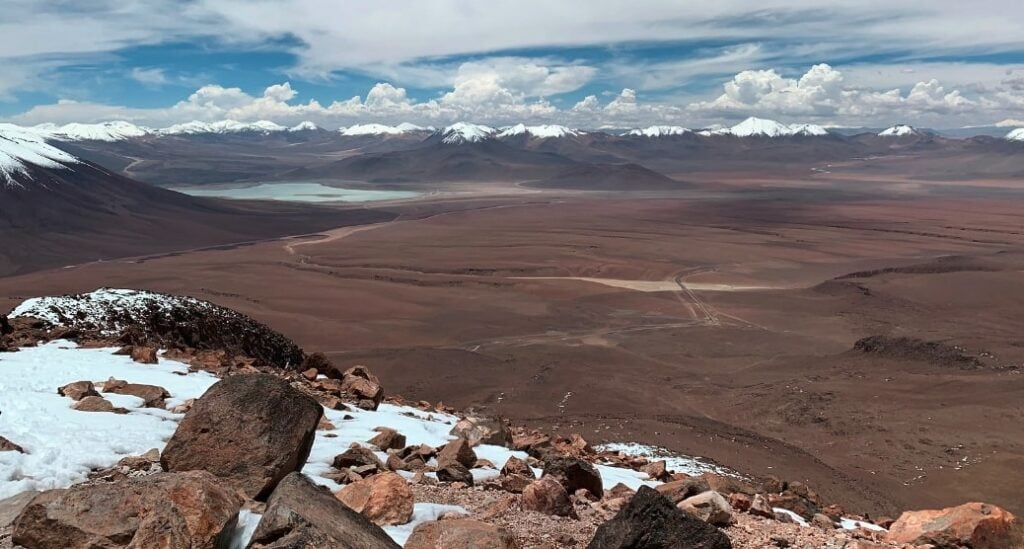
The local subsidiary of global energy firm AES has submitted an EIA for a hybrid renewables plant in Chile with over 3,000MWh of battery energy storage capacity.
AES Chile submitted its Environmental Impact Assessment (EIA) for the Pampas Hybrid Park yesterday (20 February), proposed for the commune of Taltal in the Antofagasta region. It has set the investment amount at US$800 million.
Enjoy 12 months of exclusive analysis
- Regular insight and analysis of the industry’s biggest developments
- In-depth interviews with the industry’s leading figures
- Annual digital subscription to the PV Tech Power journal
- Discounts on Solar Media’s portfolio of events, in-person and virtual
The project will involve the construction of a 140MW wind farm, two solar PV parks with a combined power of 252MWp and a lithium-ion battery energy storage system (BESS).
The BESS will have a power rating of 623.5MW with a duration of ‘up to five hours’, the company’s submission stated, with a total energy capacity of around 3,100MWh.
This will be split into a 200MW/1,000MWh system which will store energy from the wind farm and a 423.5MW/2,100MWh system connected to the PV plant.
The energy produced by the 573-hectare plant will be connected to the nearby ‘S/E Pampsa’ substation for transmission to the country’s National Electric System (NES).
AES did not say which technology provider would supply the BESS solution. It has in the past enlisted Fluence, the global battery storage system integrator it co-founded along with Siemens, with the two together still holding a controlling stake.
Chile recently passed a major piece of legislation in October to incentivise the take-up of EVs through a statutory fee exemption and the deployment of grid-scale energy storage by making it easier for projects to sell energy and power in the NES market.
A few weeks ago, developers Fotowatio Renewable Ventures and oEnergy submitted EIAs for co-located battery storage projects totalling nearly 500MW. The country has a relatively small amount of grid-scale battery storage online today, under 100MW, but this is set to grow substantially in the coming years with projects already announced before the bill was passed.
The Antofagasta region lies within the Atacama desert, sometimes called the sunniest place in the world. The EIA from AES Chile said the project is ideally located for maximum sun irradiance throughout the year.
See all Energy-Storage.news coverage of developments in the energy storage market in Chile here.

